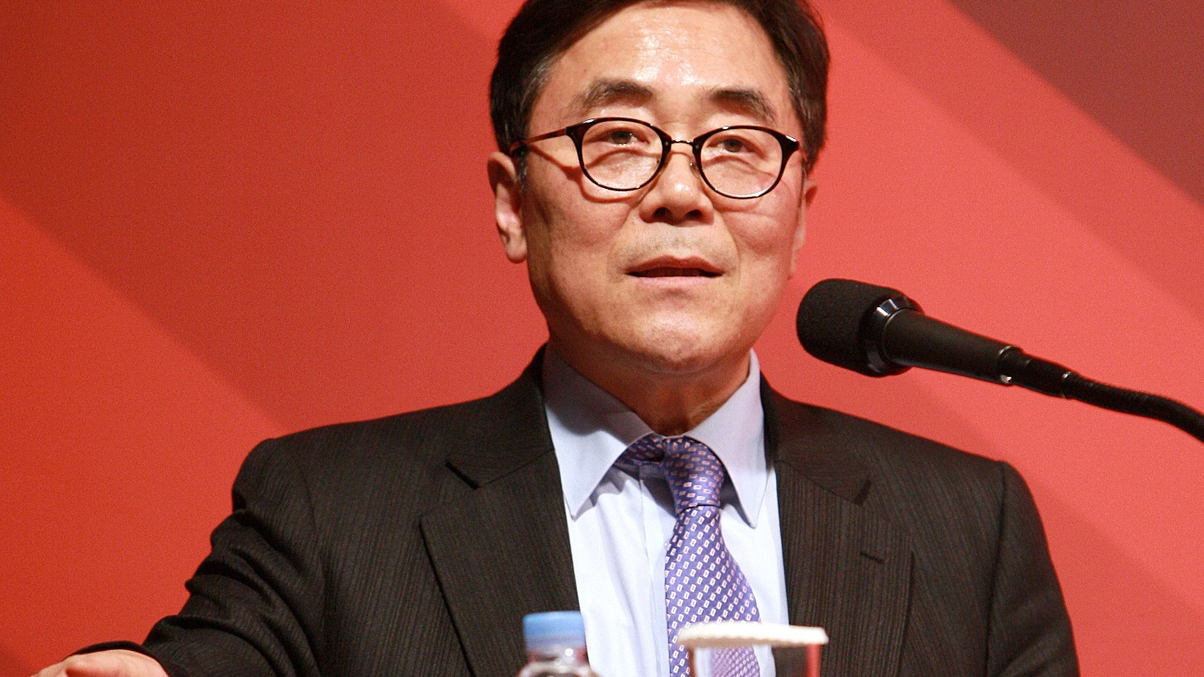Bank of Korea emboldened in diversification drive
Choo Heung-Sik, head of the central bank’s reserve management group.

The Bank of Korea manages almost $330 billion in foreign reserves and cannot invest in domestic assets originated by resident institutions, such as dollar bonds issued by Korea Development Bank.
Sign in to read on!
Registered users get 2 free articles in 30 days.
Subscribers have full unlimited access to AsianInvestor
Not signed up? New users get 2 free articles per month, plus a 7-day unlimited free trial.
¬ Haymarket Media Limited. All rights reserved.


